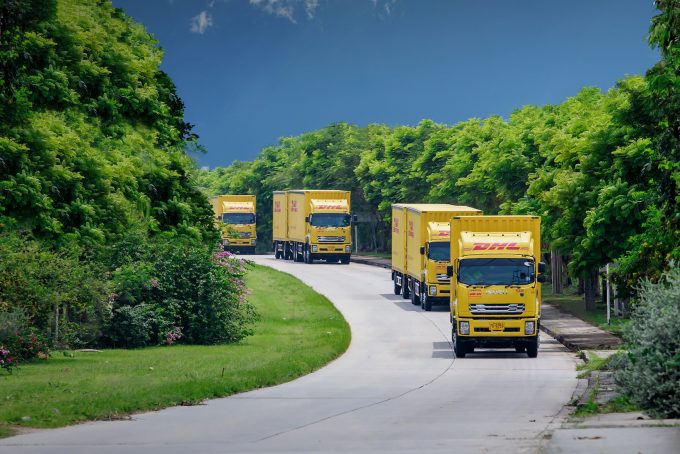DHL Global Forwarding – 'hungry for more'...cash!
Leadership in view

With much of the region currently under lockdown, South-east Asian cross-border road freight is “surging”, alongside booming e-commerce sales.
And, according to DHL Global Forwarding, road logistics is fast becoming a reliable alternative to pandemic-stricken air and ocean freight.
Thomas Tieber, its South-east Asia CEO, said: “Road freight is now playing a more significant role in international long-haul solutions across Asia, as it offers a cost-effective and sustainable option.”
Indeed, the forwarder has been a strong proponent of the region’s road freight potential, ...
Amazon pushes into LTL for small package fulfilment and UPS does a u-turn
New senior management for DSV as it readies for DB Schenker takeover
Volumes set to 'fall off a cliff' as US firms hit the brakes on sourcing and bookings
Asian exporters scramble for ships and boxes to beat 90-day tariff pause
Temporary tariff relief brings on early transpacific peak season
'Tariff madness' will prompt renegotiation of ocean shipping contracts
Response to tariffs by Chinese importers may see extra costs for US shippers
Forwarders 'allowing the fox into the chicken run' by supporting 'hungry' carriers

Comment on this article